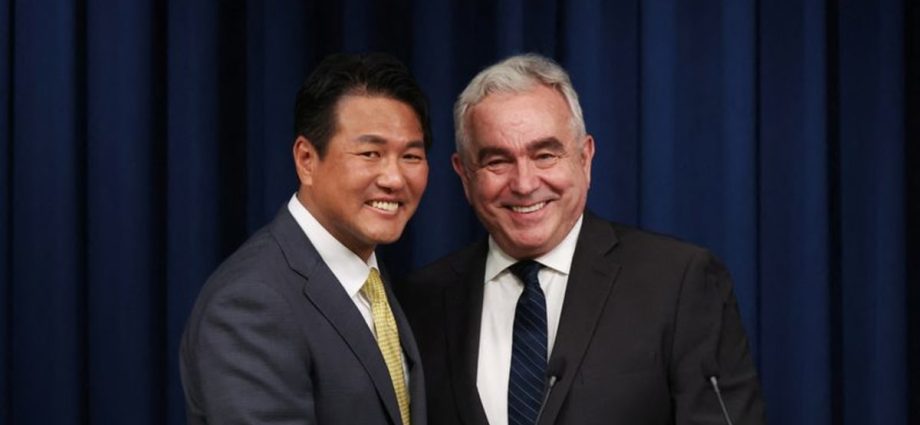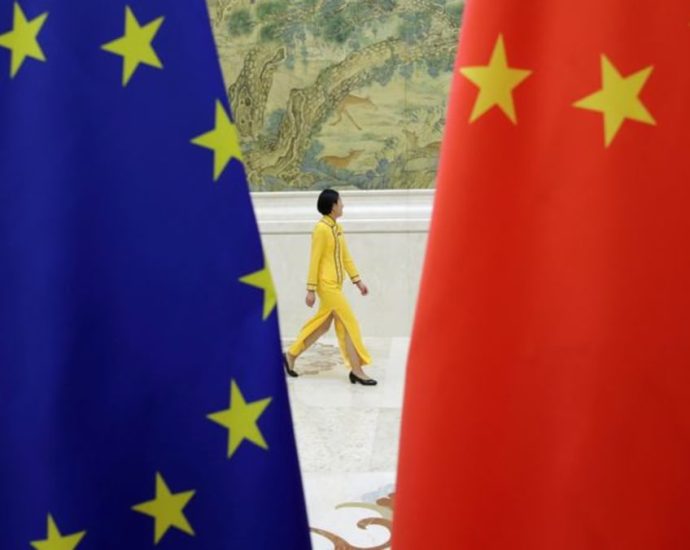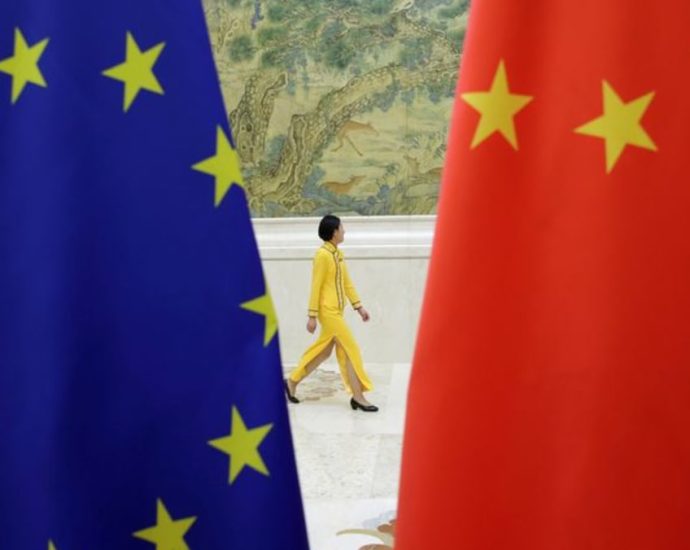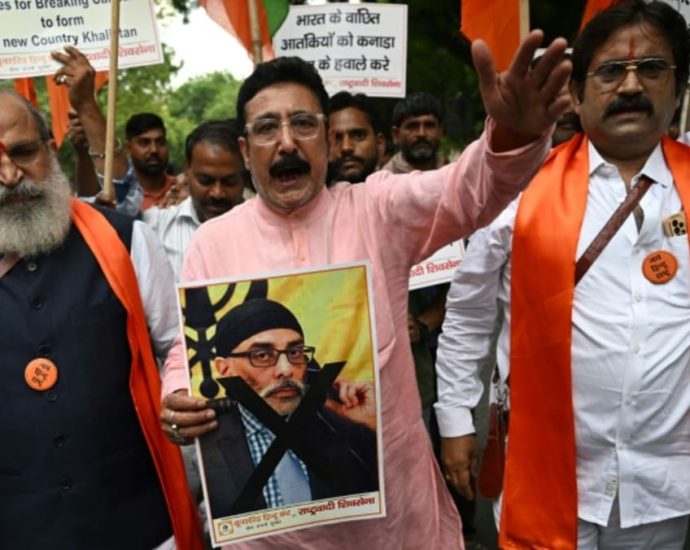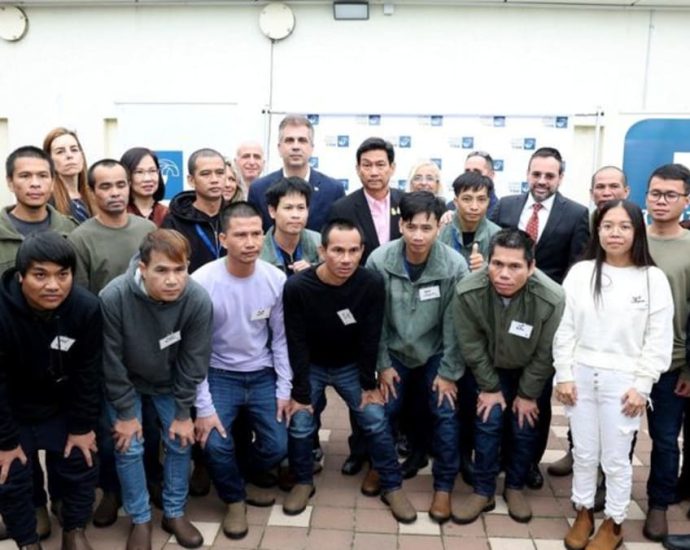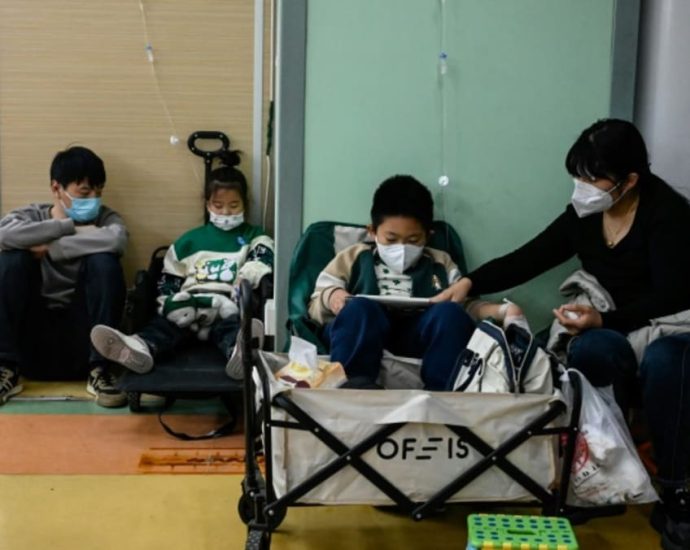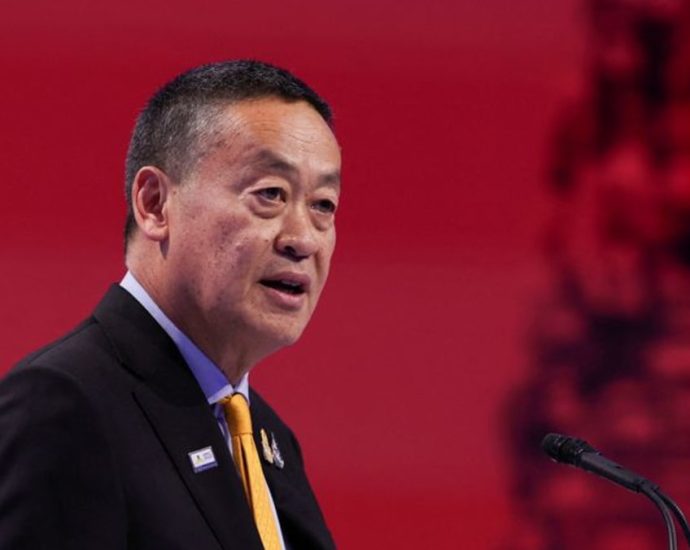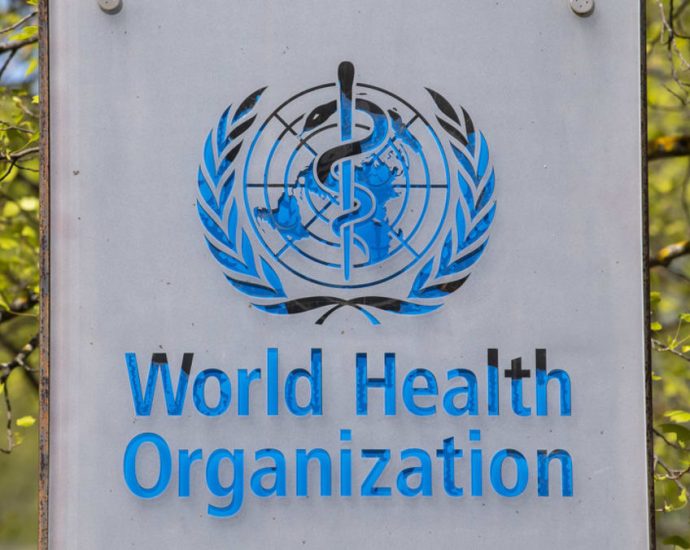North Korea nuclear attack on US would spell end of Kim regime: White House
WASHINGTON: The United States on Saturday (Dec 16) reiterated its warning to North Korea that any nuclear attack on the US would result “in the end of the Kim regime.” A joint statement by the US-South Korean Nuclear Consultative Group also reaffirmed that any nuclear attack by Pyongyang on South Korea “will be met withContinue Reading

